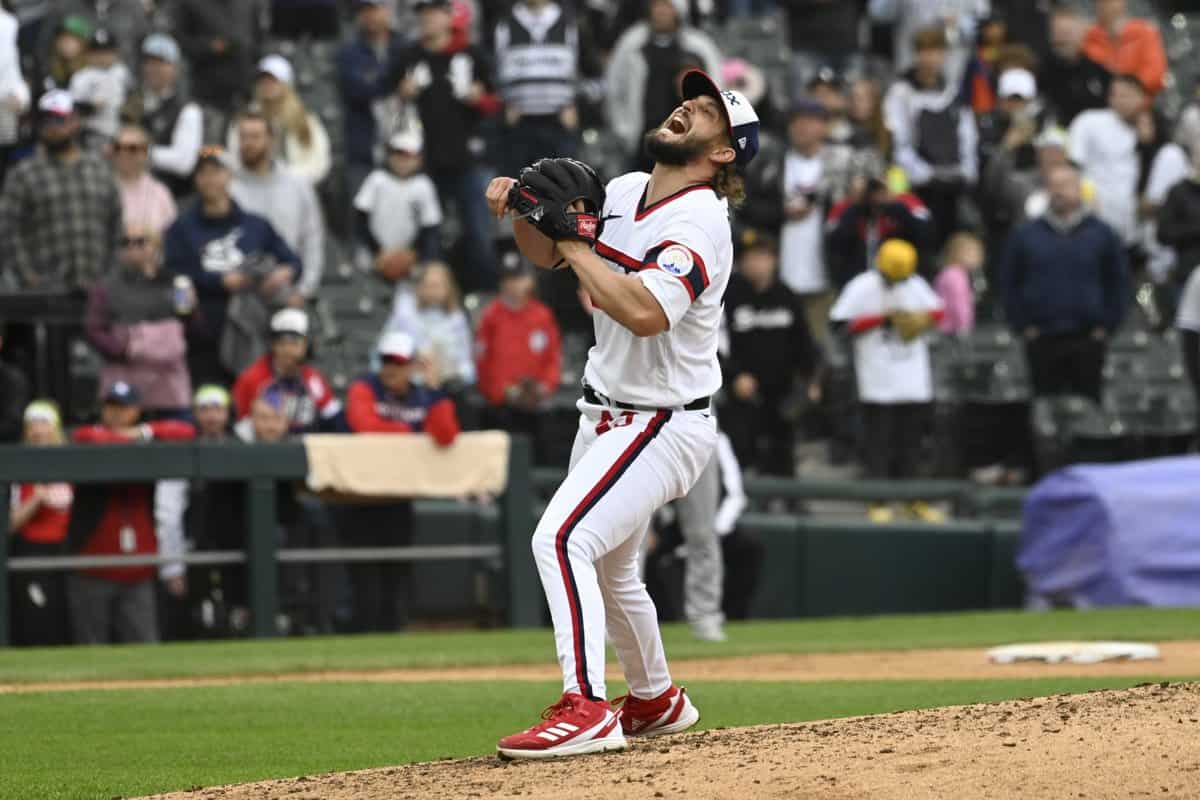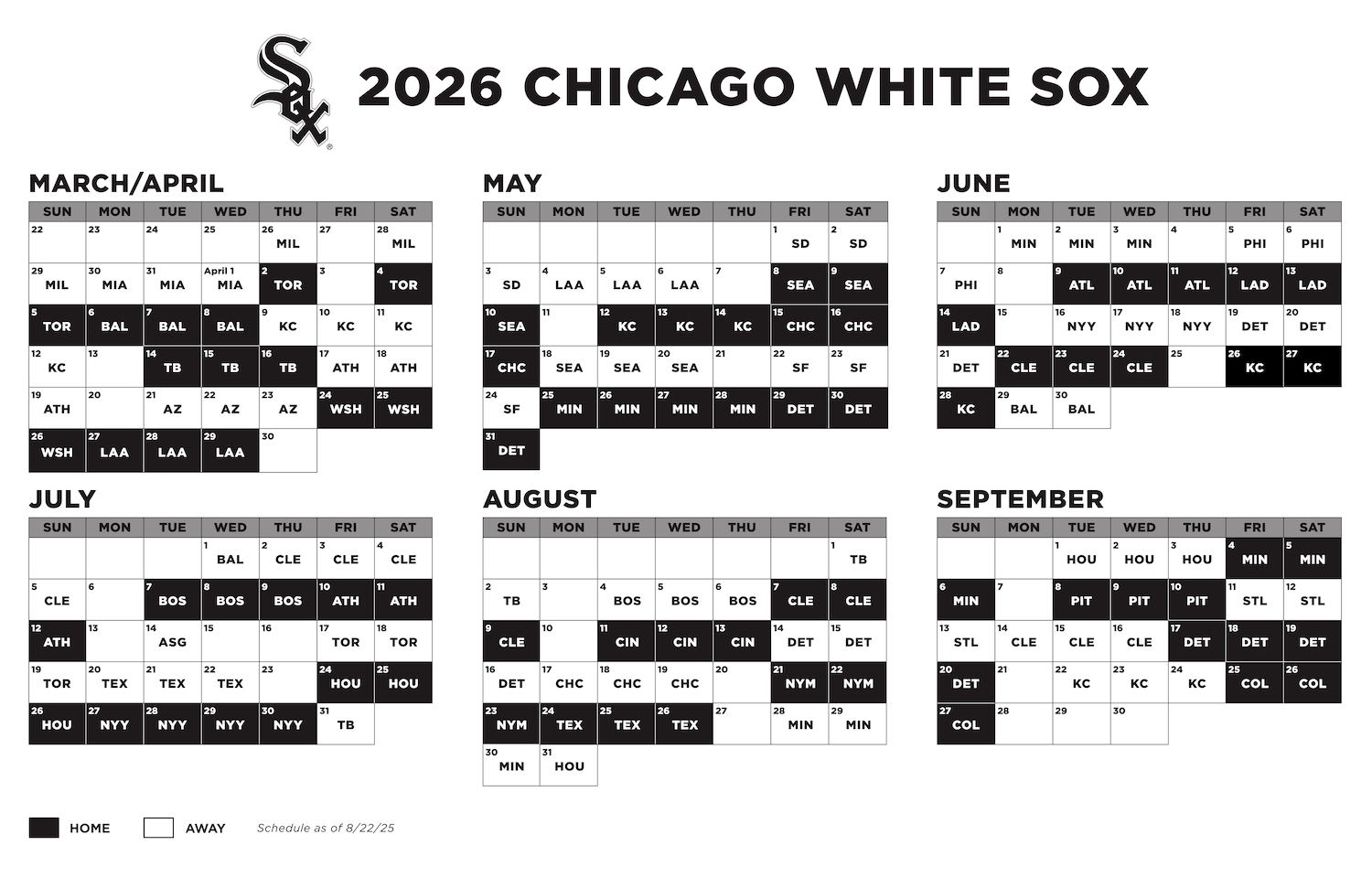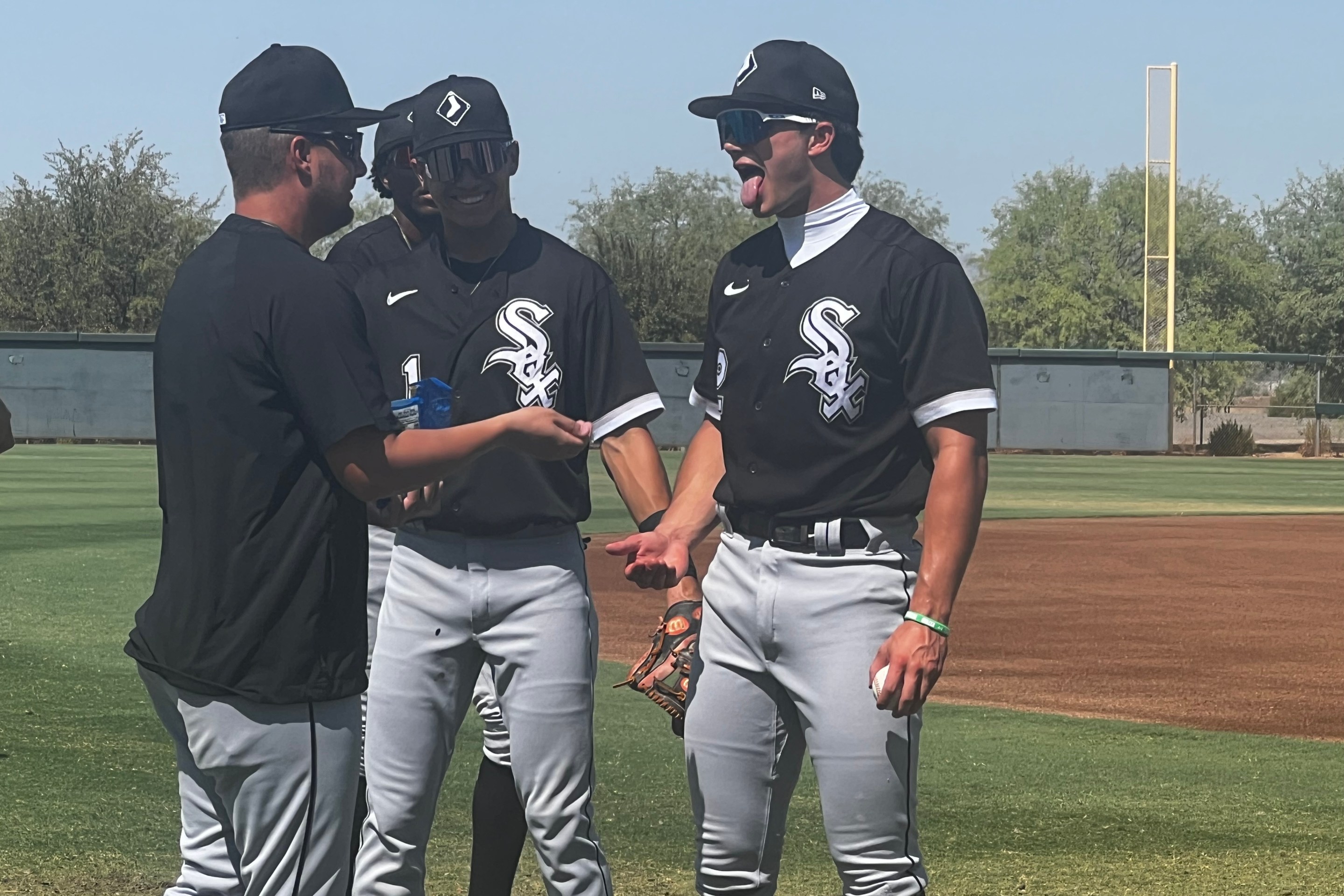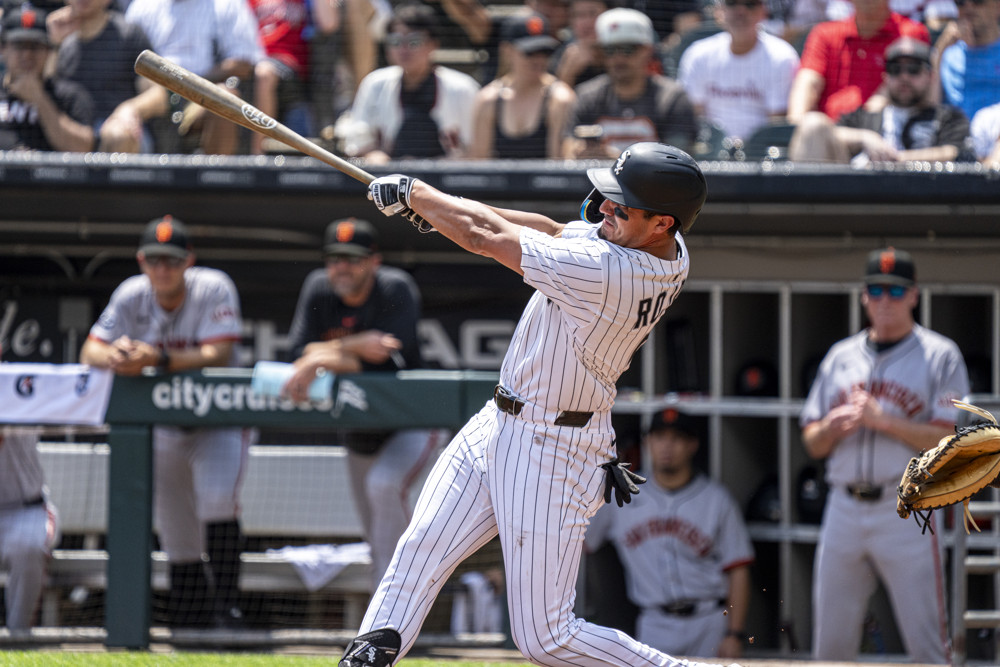Each of the White Sox's trade deadline moves neatly represented reasons why their window of opportunity slammed shut. For Lucas Giolito and Reynaldo López, they were seldom strong at the same time. For Lance Lynn, the White Sox stopped trying to add to the core after acquiring him. Now we arrive at Kendall Graveman and Joe Kelly.
Craig Kimbrel's White Sox career was a disaster, but it also hasn't. There's no particular reason to think Nick Madrigal or Codi Heuer would've stayed any healthier with the Sox than they have with the Cubs, and the lack of high-leverage situations in the ALDS would have rendered even a peak Kimbrel irrelevant.
That's the risk with adding relievers: So much of their usefulness relies on the right game states getting to them. But also, there's a danger in seeing too many big situations, because relievers can be overused in a way that most other players can't.
To me, the lesson of the Kimbrel trade was to fortify the rotation and balance the lineup before finishing the bullpen. Too many games are decided well before a reliever can make that big of a difference.
Instead, the White Sox doubled down on their backward set of priorities. They signed Kendall Graveman and Joe Kelly after picking up Kimbrel's option under the belief that teams treasured proven relievers like they did, tying their hands when it came to finding that left-handed bat (they ended up trading Kimbrel for AJ Pollock, who remains right-handed).
Graveman actually worked out fine. He served his purpose as a guy who could throw 60something high-leverage innings a year and fill in as the closer, saving 14 games over his 1½ seasons on the South Side. It wasn't always pretty, but he would've been paid more than $8 million annually if he missed bats with the traditional power fastball-slider combo.
The signing of Kelly was where it went wrong. Kelly's 2021 season ended with a nerve issue in his arm, which is why the Dodgers didn't want to exercise his $12 million option, even though they had to pay him a $4 million buyout. The White Sox were willing to make that $8 million gamble, given or take an extra $500,000, even though it brought another failed signing to mind for me at the time.
If he’s no worse for the wear and tear, then La Russa should be comfortable with all sorts of combinations in the back half of ballgames. If Kelly has to miss time here and there, that’s what Graveman is for. And if a late-season issue carries into 2022, here’s where I’ll note that the deal Kelly reportedly signed — two years and $17 million with an option according to Joel Sherman — is roughly the same as the one the Sox gave Kelvin Herrera. This is a terrible way to end a post, but I didn’t want to ruin the vibe earlier, so here we are.
Kelly was better than Herrera, but not enough to make it worthwhile:
| Pitcher | W-L | ERA | G | IP | H | HR | BB | K |
|---|---|---|---|---|---|---|---|---|
| Kelly | 2-8 | 5.59 | 74 | 66 | 62 | 5 | 35 | 94 |
| Herrera | 3-3 | 6.54 | 59 | 53.2 | 63 | 10 | 24 | 56 |
Kelly had more success in the FIP categories, but his frequent failures in high-leverage situations made it cold comfort (see: Bummer, Aaron). Take out the one dominant stretch he had this past May, and his ERA with the White Sox was 6.69. That feels appropriate to me: At least Kelly briefly showed everybody what the White Sox saw in him, whereas Herrera never had it.
But Kelly didn't come close to showing it enough for the White Sox's backwards strategy to pay off.
It reminded me of another pair of signings the Sox made that cursed winter -- the ridiculous three-year extension for Leury García, followed by the one-year deal for Josh Harrison, which risked making the signing of García pointless:
On paper, Harrison represents an improvement that maintains the front office’s precious flexibility. It just invites a different kind of danger thanks to their track record of professional scouting, in that he’s devoting the resources of a medium-sized contract that could’ve been directed toward actually solving a problem. Let’s say Harrison achieves his 20th-percentile PECOTA projection of .253/.316/.368. Combine his contract with García’s deal, and the Sox spent $11 million without fixing a position. This happens a lot.
And it happened in the bullpen, too. The White Sox signed Graveman for $8 million and Kelly for $8.5 million. Because Kelly couldn't stay healthy or at the top of his game otherwise, they ended up needing Graveman to produce $16.5 million of value by himself, and Graveman just isn't that kind of guy.
(It's been the same case after the trades. Graveman is faring well enough in preventing runs even though his walk rate has spiked; Kelly is on the IL again with elbow inflammation.)
This is one area where Chris Getz, Single White Sox Decision Maker might be different enough to help, even if he's also been part of the problem. Once Rick Hahn matriculated the players received in the rebuild trades to the big leagues, he effectively stopped considering the base of the team. He traded for Lance Lynn, sure, but then he spent the rest of his resources on patches and seat-fillers.
Maybe Getz won't have the same blind spots, or maybe Getz won't have two other people requesting different players for the role he just filled. The question then becomes whether Getz has any experience or aptitude in identifying the correct players the first time, but I'd at least find some novelty in a different set of problems.






